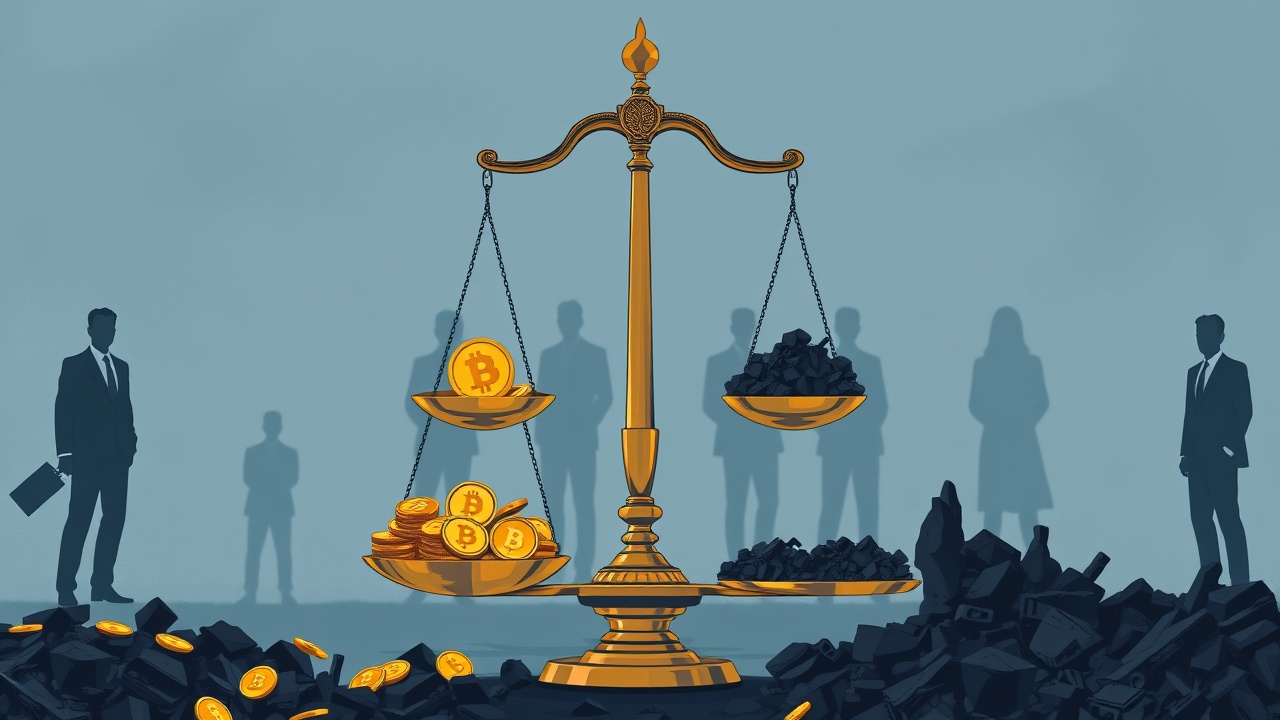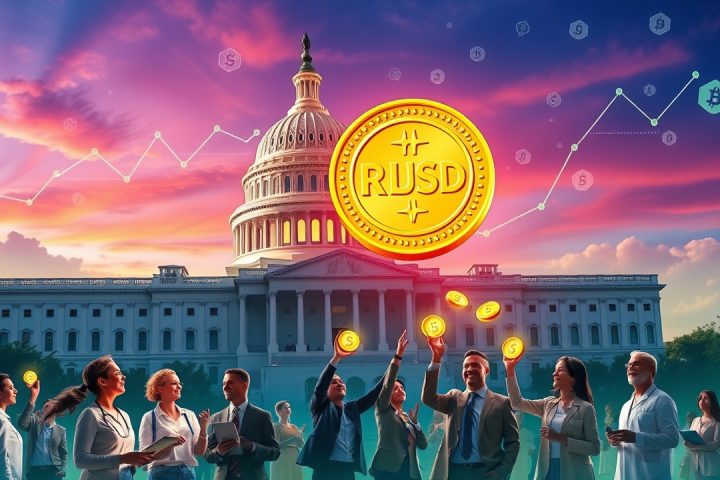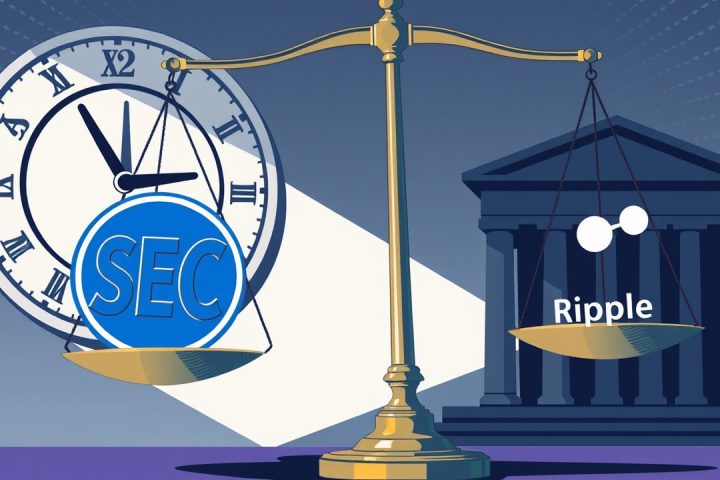FTX Bankruptcy and Its Implications
On July 4, 2025, a notable figure named Sunil, representing the creditors of FTX, took to social media to share an alarming screenshot of an FTX bankruptcy liquidation document. This document initiated a wave of concern within the crypto community, as it revealed that FTX planned to seek legal guidance and warned users from restricted foreign jurisdictions that they risked having their claimed funds confiscated.
Notably, 82% of the total claims from these jurisdictions originated from Chinese users, who may be deemed illegal under China’s strict ban on cryptocurrency transactions, stripping them of their right to reclaim lost assets. This development incited outrage from many in the community, with some labeling FTX’s actions as akin to American robbery, enshrining a sense of disappointment and powerlessness among the affected Chinese investors.
Critics argue that despite China’s stringent regulations on cryptocurrency, outright confiscation of user funds lacked a solid legal foundation. As the situation unfolded, scrutiny shifted not only to FTX’s legal compliance but also to the motives and criteria guiding the decision-making process behind these significant legal maneuvers.
Legal Proceedings and Financial Concerns
The FTX bankruptcy proceedings have been steered by a professional team hailing from Wall Street, led by restructuring expert John J. Ray III, who previously managed the high-profile Enron case. The firm Sullivan Cromwell (SC), which has a history of reaping substantial fees, is also involved, with SC partners reportedly earning as much as $2,000 an hour and Ray himself charging $1,300. By early 2025, SC had billed approximately $249 million for its legal services throughout the FTX Chapter 11 bankruptcy.
Creditors have expressed frustration, fearing that the FTX liquidation process mirrors past events like Enron, where asset distribution favored legal representatives over actual creditors.
Pressure and Asset Liquidation
The intensity of the situation is highlighted by the rapidity of FTX’s bankruptcy declaration. It was revealed that two days before filing for bankruptcy, Sam Bankman-Fried (SBF), the founder of FTX, was coerced into this decision, citing pressure from both his legal team and the liquidation group. In his testimony draft to Congress, SBF recounted receiving intimidation tactics, not only directed at him but also impacting his associates.
Amid a climate of threats and emotional turmoil, he found that his attempts to salvage the company were thwarted by the very advisors he had enlisted for help.
As the bankruptcy unfolded, FTX’s historical investments—once seen as pivotal to SBF’s vision of “effective altruism”—were liquidated at prices far below their market value, raising eyebrows and fueling market discontent. For example, assets like Cursor, Mysten Labs’ SUI token, and Anthropic were sold at significant losses, with the former netting a dismal $200,000 against a potential valuation of $500 million, the latter disposing of $4.6 billion in potential value for merely $96 million, and Anthropic—originally holding immense promise—being sold off for just $1.3 billion when its value soared later.
These sales triggered accusations within the community that the liquidation team strategically favored close associates and prominent institutional investors, facilitating a significant erosion of asset values while securing hefty legal fees for themselves. Critics note that the methods employed were nefarious; they sold high-potential assets in a compressed timeframe, benefiting those in their network while abandoning the original creditors to mounting losses.
Conclusion: A Cautionary Tale
As the liquidation process continues, it highlights concerns over the treatment of creditors amid legal complexities, raising questions about the regulatory environment governing such procedures. Many retail investors, especially from China, may find themselves entirely sidelined, both from recovery prospects and from the legal advantages typically afforded to wealthier stakeholders.
The FTX saga serves as a cautionary tale not just for the crypto industry but also reveals deep-rooted issues within the legal trust mechanisms existing to protect investors. In conclusion, the fallout from FTX’s collapse has unveiled a harsh reality for countless creditors: the crushing financial losses they endure are compounded by legal structures that appear to prioritize the interests of powerful entities over those of everyday investors.
As the market recovers and shifts focus, the disillusionment surrounding FTX’s legal proceedings stands as a significant commentary on the vulnerabilities faced by retail investors amidst the booming but unpredictable crypto landscape.




